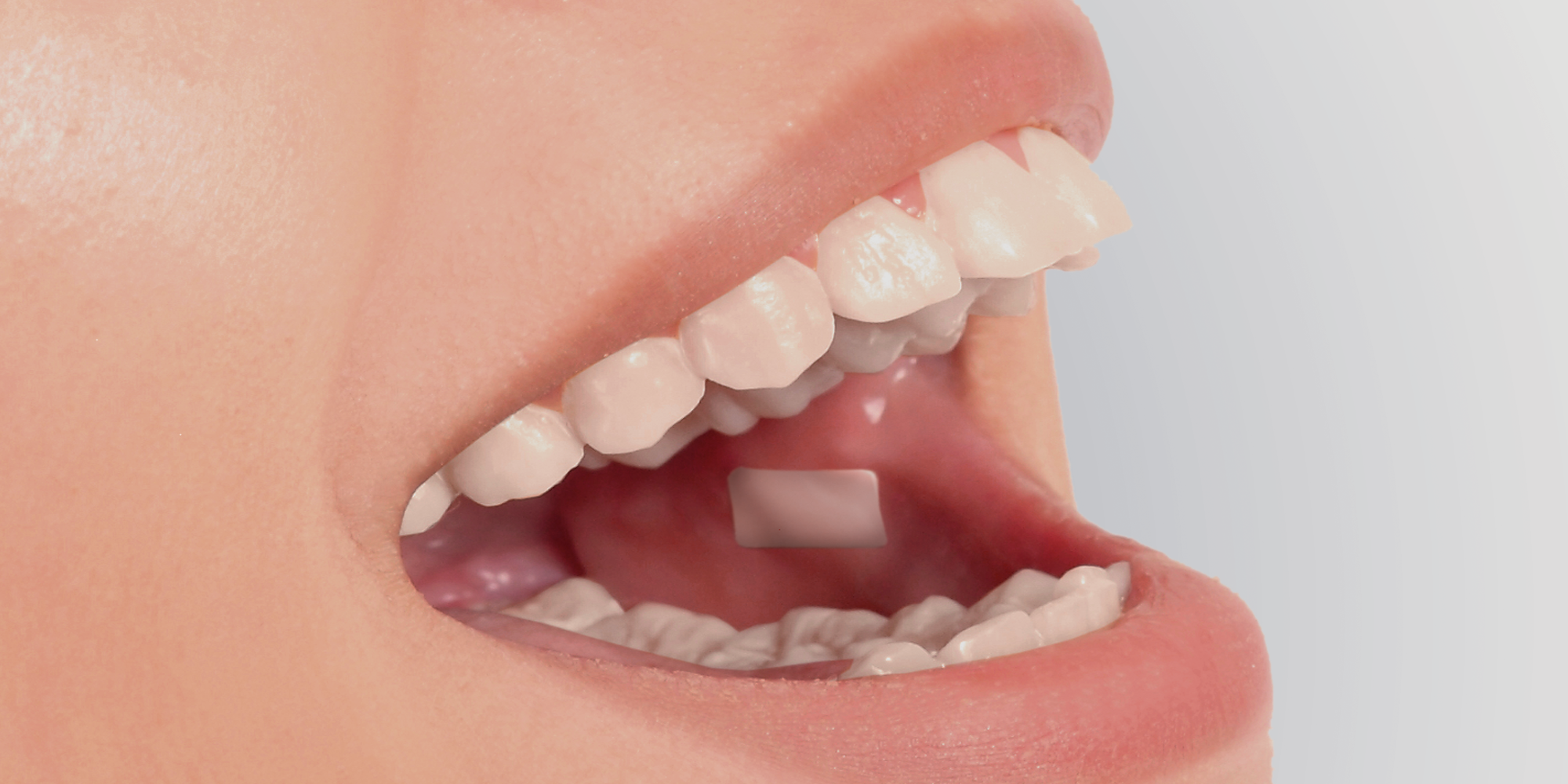Share this
Overview: Oral films and their administration routes
by Christine Kaufmann on Sep 4, 2023 11:43:31 AM
Thin, flexible films have revolutionized the world of pharmaceuticals and have opened up a whole new world of opportunities for developing innovative products. Within this article you will not only learn, what oral films are, but will also understand the different forms and variations that oral films offer in regards to their application possibilities and administration routes.
What are oral films?
Oral films, also known as oral thin films or OTFs, are revolutionary thin and flexible films that deliver medication by applying them in the mouth. These films offer numerous benefits and advantages, making it easier for specific patient groups such as children, elderly or patients with specific diseases to take their medication.
Depending on the needed administration route, they can be placed e.g. unter the tongue or on the inside of the cheek. There are various ways to design oral films for different treatments. Overall they can be categorized into two main administration routes: local treatment of the oral mucosa and systematic treatment of the entire body. Let's have a deeper look into these possibilities!

Local Treatment in the oral cavity with oral films
Treating specific conditions within the oral cavity has become more convenient with the use of oral films. By directly applying the medication to the oral mucosa or gingiva, targeted therapy becomes achievable. Whether it's addressing inflammations, herpes infections, aphtaes, or oral lesions, oral films offer a wide range of possibilities for localized treatment.
AdhexPharma's innovative Mucofilm® technology is designed to cater to these local treatment needs, offering endless possibilities for effective and efficient therapy.
.png?width=3024&height=1890&name=Blog%20Article%20Pictures%20(7).png)
Systematic treatment of the whole body with oral films
When it comes to achieving comprehensive treatment for the entire body using oral films, there are two administration routes that can be utilized to deliver the active pharmaceutical ingredient (API):
1) Gastrointestinal Route (orodispersible film)
When an oral film is designed to deliver the active ingredient through the gastrointestinal route, it is often designed as a fast dissolving film. This orodispersible film is placed on the tongue, dissolves in a few seconds and can then be swallowed by the patient. In comparison to tablets, oral films offer the same route for the active ingredient, but with added benefits. They are not only easier to swallow and take, but they also eliminate the need for water.
An example for an orally, fast dissolving film is the Rapidfilm® by AdhexPharma.
2) Oromucosal Route (buccal or sublingual film)
Treatment through the oral mucosa, such as the cheek (buccal film) and under the tongue (sublingual film), is another beneficial application of oral films.
The film can easily be applied by the patient to the oral mucosa, e.g. onto the cheek. or under the tongue. This route allows for rapid absorption, bypassing the liver and entering the bloodstream directly. This prevents the API from undergoing the first-pass effect, which often results in low oral bioavailability. Oromucosal films can be designed to dissolve completely within a minute, up to an hour, or not at all, depending on the desired pharmacokinetics.
The Mucofilm®, already mentioned above, can also be designed to treat the whole body.
.png?width=3024&height=1890&name=Blog%20Article%20Pictures%20(8).png)
Summary
In conclusion, oral films have revolutionized the world of pharmaceuticals, offering a wide range of application possibilities. With the ability to be placed in various areas of the mouth and administered through different routes, these films provide unparalleled flexibility. Whether it's for localized treatment within the oral cavity or achieving systemic treatment throughout the entire body, oral films are paving the way for groundbreaking advancements in healthcare.
If you want to learn more about the available oral film technologies and how they can benefit you, be sure to read more about our available technologies.
Share this
- December 2025 (1)
- November 2025 (2)
- October 2025 (1)
- September 2025 (1)
- July 2025 (1)
- May 2025 (1)
- April 2025 (1)
- March 2025 (1)
- January 2025 (1)
- December 2024 (1)
- October 2024 (1)
- September 2024 (1)
- August 2024 (1)
- July 2024 (1)
- June 2024 (1)
- March 2024 (2)
- January 2024 (1)
- December 2023 (1)
- September 2023 (1)
- August 2023 (2)
- July 2023 (2)
- May 2023 (1)
- March 2023 (1)
